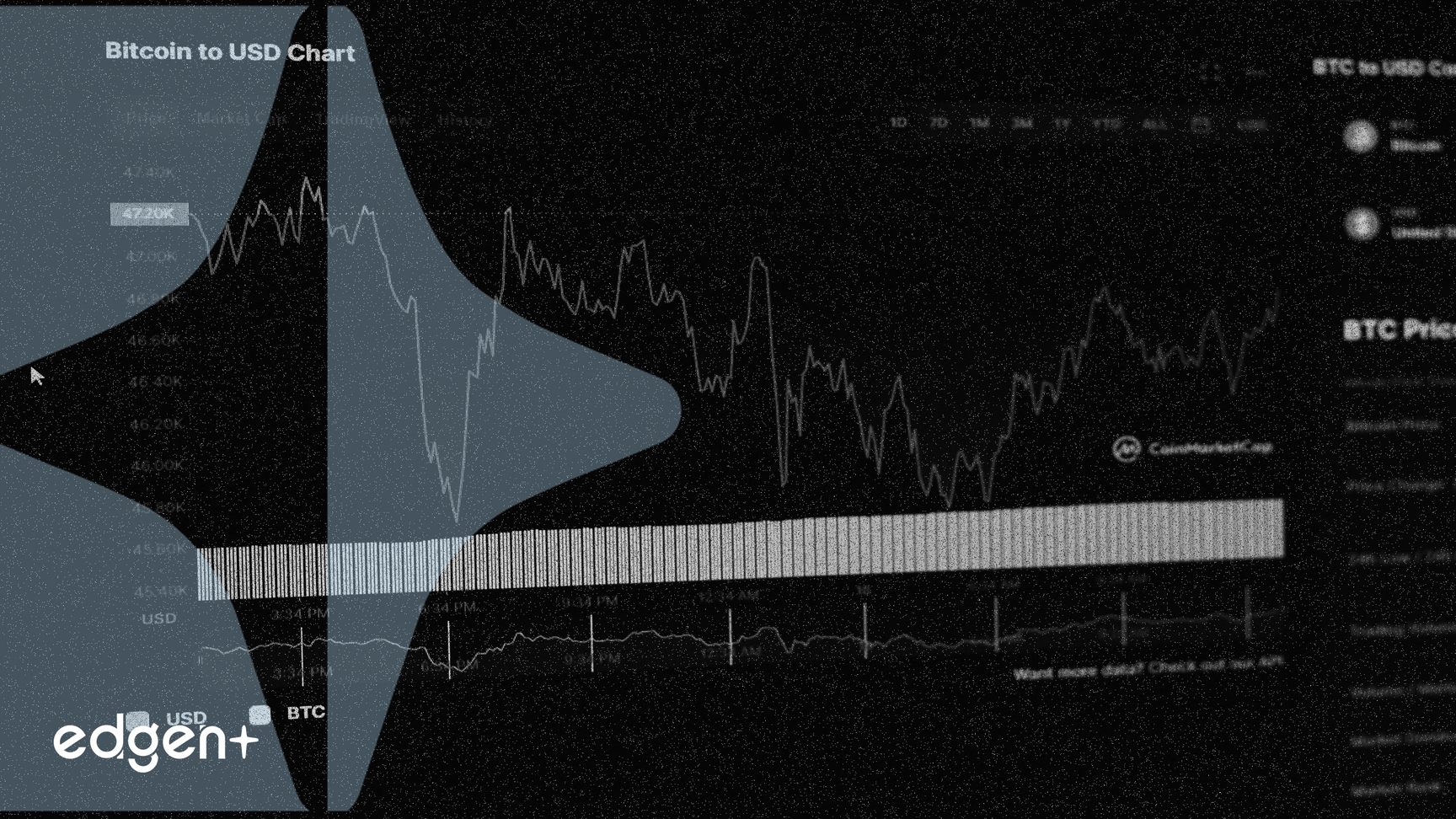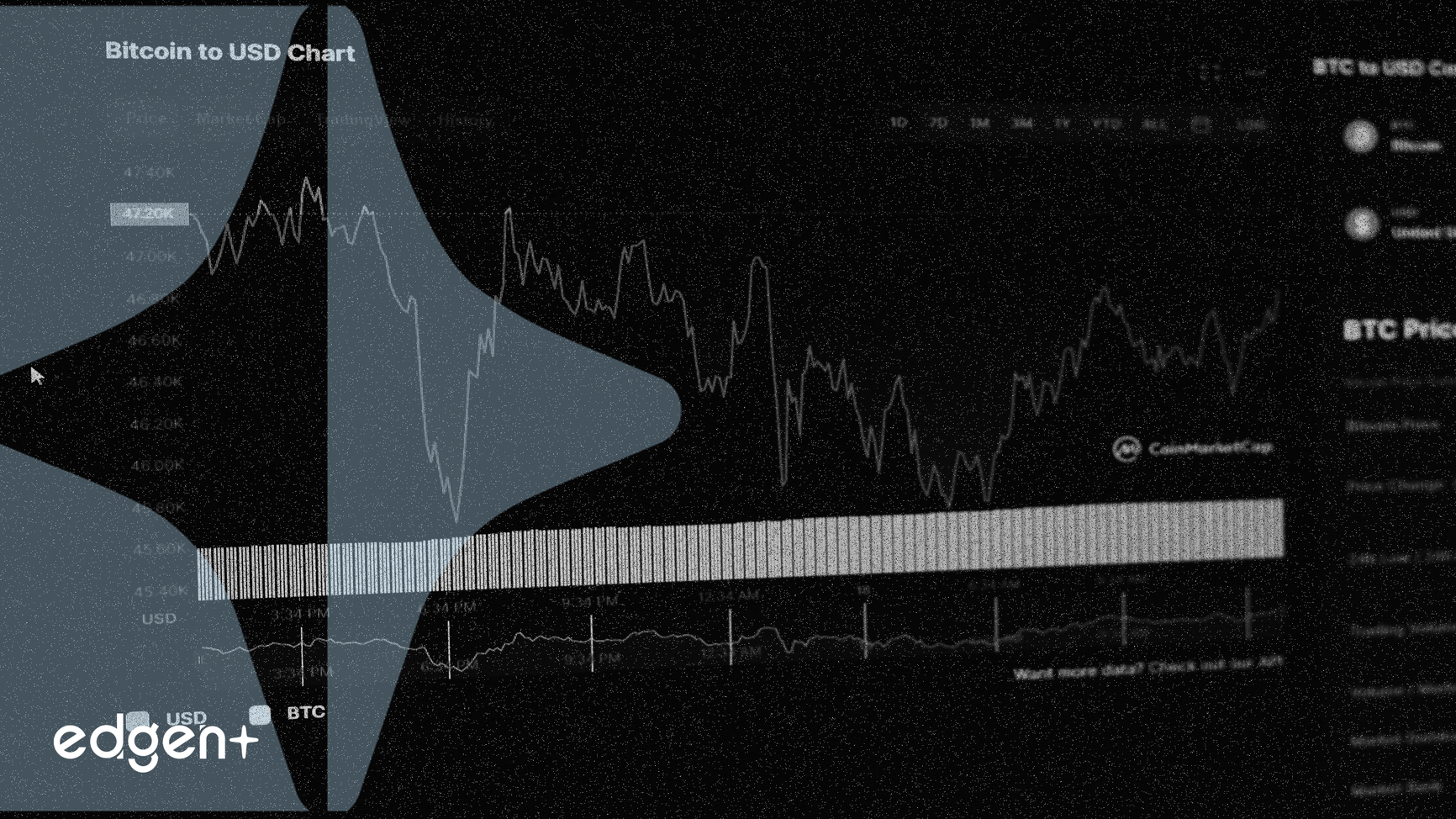Goldman Sachs warns of a possible 15-20% decrease in the S&P 500's valuation multiple if hyperscaler AI capital expenditures slow, despite current robust investment and recent market gains.
Goldman Sachs Signals Potential S&P 500 Valuation Contraction Amid AI Spending Outlook
Goldman Sachs has issued a cautionary assessment, indicating that an eventual deceleration in Artificial Intelligence (AI) capital expenditures (capex) by major hyperscalers could lead to a significant adjustment in the S&P 500’s valuation multiple. The firm posits that a return of AI spending to 2022 levels could result in a 15% to 20% contraction in the index’s current valuation.
The AI Investment Landscape
The current market narrative surrounding AI is largely underpinned by substantial infrastructure investments. According to Goldman Sachs, the AI adoption cycle is progressing through distinct phases. The market is presently in Phase 2, characterized by heavy capital expenditure from leading hyperscalers, including Amazon (AMZN), Microsoft (MSFT), Alphabet (GOOGL), Meta (META), and Oracle (ORCL). These companies have significantly ramped up their spending, with their combined 2025 capex forecast reaching an estimated $368 billion, a notable increase from $239 billion in 2024 and $154 billion in 2023.
Individual projections further underscore this investment trend:
- Amazon has committed up to $100 billion for AI infrastructure in 2025, with elevated spending expected to continue through 2026.
- Alphabet’s capex forecast for 2025 stands at approximately $85 billion, with further increases anticipated for 2026.
- Meta projects 2025 capex in the range of $66 billion to $72 billion, with similar growth expected in 2026.
- Microsoft is projected to reach a record $30 billion in capital expenditures in the first quarter of fiscal 2026.
- Oracle’s capex for fiscal year 2025 exceeded $21 billion, with expectations for at least $25 billion in fiscal year 2026.
Companies involved in building this infrastructure, such as semiconductor firms, electrical equipment providers, technology hardware companies, and power suppliers, have been key beneficiaries of these substantial investments.
Valuation Concerns and Market Dynamics
Despite the significant influx of capital into AI infrastructure, Goldman Sachs’s warning highlights a potential vulnerability in broader market valuations. The concern arises from the possibility that the enthusiasm surrounding AI may be outpacing tangible profits, particularly if future phases of AI adoption—where companies integrate AI to boost sales and achieve widespread productivity gains—do not materialize as anticipated. While AI-linked stocks have seen a 17% increase year-to-date, only 58% of S&P 500 companies have mentioned AI on their earnings calls, with fewer directly linking it to profits.
From a valuation perspective, the five largest stocks in the index, including Nvidia (NVDA), Microsoft, Apple (AAPL), Alphabet, and Amazon, are currently trading at a Price-to-Earnings (P/E) multiple of 28x. This is notably lower than the 40x P/E observed at the peak in 2021 and the 50x P/E during the dot-com bubble’s zenith, suggesting that, while elevated, current valuations are not at historic bubble levels. However, some individual stocks, such as Tesla (TSLA) and Palantir (PLTR), exhibit considerably higher valuations.
Analysts currently anticipate a sharp deceleration in hyperscaler capex growth in late 2025 and throughout 2026. This outlook aligns with recent signals from key industry players; Nvidia, a pivotal AI hardware provider, issued a tepid revenue forecast for the current period, indicating a potential deceleration in growth following a robust two-year boom in AI spending. However, Nvidia CEO Jensen Huang maintains a long-term bullish outlook for AI infrastructure, stating that:
“Blackwell and Ruben AI factory platforms will be scaling into the 3 to 4 trillion global AI factory buildout through the end of the decade.”
Broader Economic Context and Implications
The massive spending on AI infrastructure has played a significant role in recent economic data, notably contributing to an upgrade in estimated second-quarter GDP growth. Business spending on intellectual property products, a key component of this trend, rose 12.8% year-over-year, marking the fastest growth in four years. This substantial investment by major tech companies is increasingly powering GDP.
However, some analysts suggest that this surge in AI spending may be masking underlying weaknesses in other sectors of the U.S. economy. Overall GDP growth for 2025 is projected to moderate to around 1.5%, down from 2.8% in 2024, amidst signs of struggle in consumer spending, which accounts for nearly 70% of U.S. GDP. The "Magnificent Seven" tech giants have been the primary drivers of both AI investment and earnings growth within the S&P 500, largely contributing to the market rally since late 2022.
The current situation draws parallels to past market dynamics where significant investment in emerging technologies preceded periods of adjustment. Historically, the S&P 500 has experienced a median decline of 24% from peak to trough during recessions since World War II. Goldman Sachs currently assigns a 20% probability of a recession within the next 12 months, adding another layer of consideration for investors.
Outlook
Looking ahead, market participants will closely monitor several key factors. The trajectory of hyperscaler capital expenditures, particularly in late 2025 and 2026, will be crucial in determining the sustained momentum of AI-driven growth. The ability of AI technologies to translate into widespread corporate profitability beyond initial infrastructure investments will also be a critical indicator. Furthermore, broader economic indicators and any shifts in central bank policy will continue to shape market sentiment and valuations. The balance between continued technological innovation and the realization of tangible economic benefits will be central to the market’s performance in the coming quarters.



